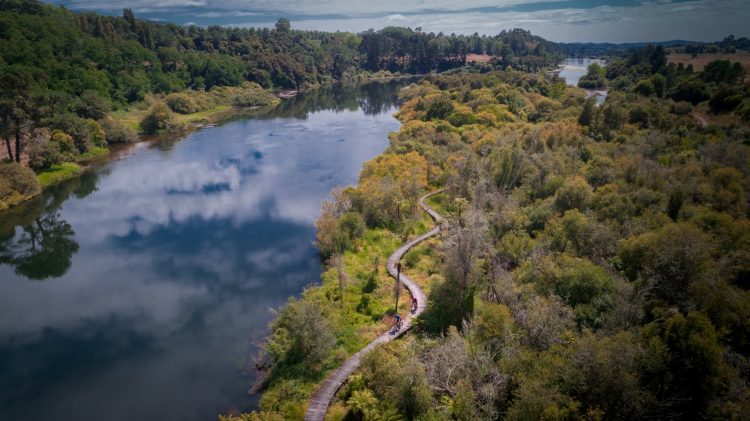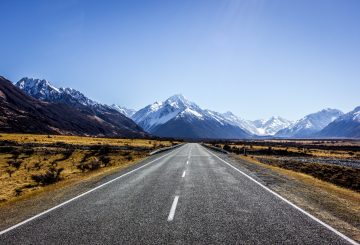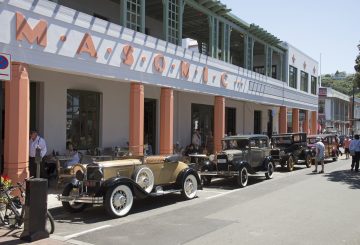怀卡托河是新西兰最长的河,行驶令人印象深刻的 425 公里。
主要是由 1800 年前的火山爆发形成的,火山碎片封锁了原来的通道,迫使河流改变方向,向西然后向北。
怀卡托河从中部北部火山区开始旅程,从陶波湖流出,创造胡卡瀑布,然后穿过怀卡托平原,最后清空进入怀卡托港的塔斯曼海。
怀卡托河的支流是加入的 Waipā 河,使两者成为 NgāruawāHia 附近的一条河。当它走向大海时,河流穿过风景如画的风景、鸟类生物、工业建筑和其他有趣的景点。
对于电影《霍比特人-史马格的荒凉》的粉丝来说,陶波附近的 Aratiatia 大坝是拍摄 “矮桶” 场景的地点。大坝的大门每天开放数次,用水淹没 Aratiatia Rapids 陡峭的峡谷。如果你在附近,这是一个非常响亮,甚至是雷鸣般的声音!
Waikato 的名字来自毛利语,翻译时意味着流动的水。这条河是图普纳(祖先),taonga(宝藏),对诸如 Tainui Waka 和 Ngati Tūwharetoa 等各种 iwi 具有精神意义。Tūrangawaewae Marae 靠近 Ngāruawāhia 的怀卡托河畔。
从各个方面来看,当地人和游客可以游泳、排行、漂浮或游览怀卡托河。年轻人口中受欢迎的夏季活动包括与朋友一起在河边漂浮,一边享用冷饮,放松身心,同时欣赏令人惊叹的风景。
大部分长度都有小径和河流小径,无论是散步、跑步还是骑自行车,都可以享受它的美丽。
对于热衷的骑自行车者来说,加入 Mighty Waikato 河沿线的自行车道,欣赏不断变化的自然景观和水电大坝的景点。
如果你更喜欢家庭友好或放松的周末骑行,你可以走河道或开车,沿途停留点。
哈密尔顿和 Ngāruawāhia 或汉密尔顿和剑桥之间的路径很容易到达,您可以在途中找到各种咖啡馆之一。





























































